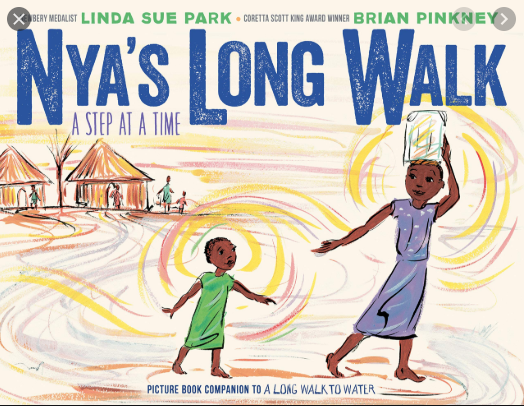Effective Comprehension Strategies
Independent Novel Study: HOOT by, Carl Hiaasen – click here for bundled unit
This lesson template is intended to use in correlation to the novel, Hoot by, Carl Hiaasen. The comprehension strategies used are Direct Reading-Thinking Action (DRTA) and Focus Strategy: SQR3 (survey, question, rea, review, recite). This is a lesson plan to use daily with each individual chapter of the novel. It also gives a way to implement the entire unit digitally.
Click here for the all lessons associated with Hoot.
Using this unit digitally.
For teachers, set up your students in a Google Classroom. Make sure you have the KAMI extension downloaded. Assign each .pdf file as a Kami assignment through google classroom. It’s that easy! Check out this FREE QUIZ on GOOGLE FORMS for Chapters 1-4.>
Before Reading:
The students will look at the book as an individual, with a partner and as a whole class. Discussion points:
- Title
- Cover (owls)
Essential Questions:
- Why study endangered species, especially burrowing owls?
- What can children do to make an environmental impact?
The unit will begin with pre-reading activities to establish prior knowledge needed to fully comprehend the book.
Bell Ringer: Presentation, Prediction & Reading (DRTA)
Each day, the students will receive a Word of the Day (WOD). This is a literature based vocabulary word which will be found in the reading. This ongoing vocabulary development is a key portion of comprehension. Review and previous chapter and predict what will happen in the reading.
Click here for literature based vocabulary list and lessons.
Activity: Focus Strategy: SQ3R
1. Set a purpose for the lesson. Each chapter ends with a cliffhanger ending. Students will refer back to the cliffhanger and predict what the next chapter will be about. Then, they will read the chapter, the plot development will be discussed and follow-up will include discussion about figurative language and literary elements: characterization, conflict, dialogue, imagery, foreshadowing, irony and theme. (DRTA)
2. Question the cliff hanger. Look at unfamiliar words: environment, human development, topography, biodiversity and see how they connect to the overall theme of the novel.
3. Read the chapter by chunking the text by breaks within the chapter. Read/Stop/Think: What is the author’s purpose by stating _____? Why was the flashback effective in this section? Also, using this time to identify unknown vocabulary using context clues. For example, if the “bulldozers keep plowing” we can infer that they are “deliberately” burying owls. Here, websites can be used as visual aids to enhance reading: Everglades, human development (Bonnet House), an air boat.
Click here for pre-reading activities
4. Recite/Review/Relate/Record/Reflect:
After each chapter, or set of chapters, students should answer questions both orally and written to assess comprehension. These questions should focus on recall to start to build towards higher level thinking skills. Websites which are effective and engaging are BOOM learning, Quizlet and Kahoot. Students should present what they learned. This could be through a project (vocabulary project or endangered species project) or through an activity (puppet show or reciting dialogue).
Click here for an endangered species research project
Closure:
Individual lessons could contain an exit ticket for a quick summative assessment. But, a formative assessment should be administered for an accurate assessment of analysis, synthesis and inference.
This lesson template is effective for many reasons. It establishes routine, it makes the novel relevant for students and allows them to relate to their own life.
Click here for an example of BOOM learning.
New York State Literature Standards for 7th Grade:
Key Ideas and Details:
CCSS.ELA-LITERACY.RL.7.1
Cite several pieces of textual evidence to support analysis of what the text says explicitly as well as inferences drawn from the text.
CCSS.ELA-LITERACY.RL.7.2
Determine a theme or central idea of a text and analyze its development over the course of the text; provide an objective summary of the text.
CCSS.ELA-LITERACY.RL.7.3
Analyze how particular elements of a story or drama interact (e.g., how setting shapes the characters or plot).
Craft and Structure:
CCSS.ELA-LITERACY.RL.7.4
Determine the meaning of words and phrases as they are used in a text, including figurative and connotative meanings; analyze the impact of rhymes and other repetitions of sounds (e.g., alliteration) on a specific verse or stanza of a poem or section of a story or drama.
CCSS.ELA-LITERACY.RL.7.6
Analyze how an author develops and contrasts the points of view of different characters or narrators in a text.
Integration of Knowledge and Ideas:
CCSS.ELA-LITERACY.RL.7.9
Compare and contrast a fictional portrayal of a time, place, or character and a historical account of the same period as a means of understanding how authors of fiction use or alter history.










